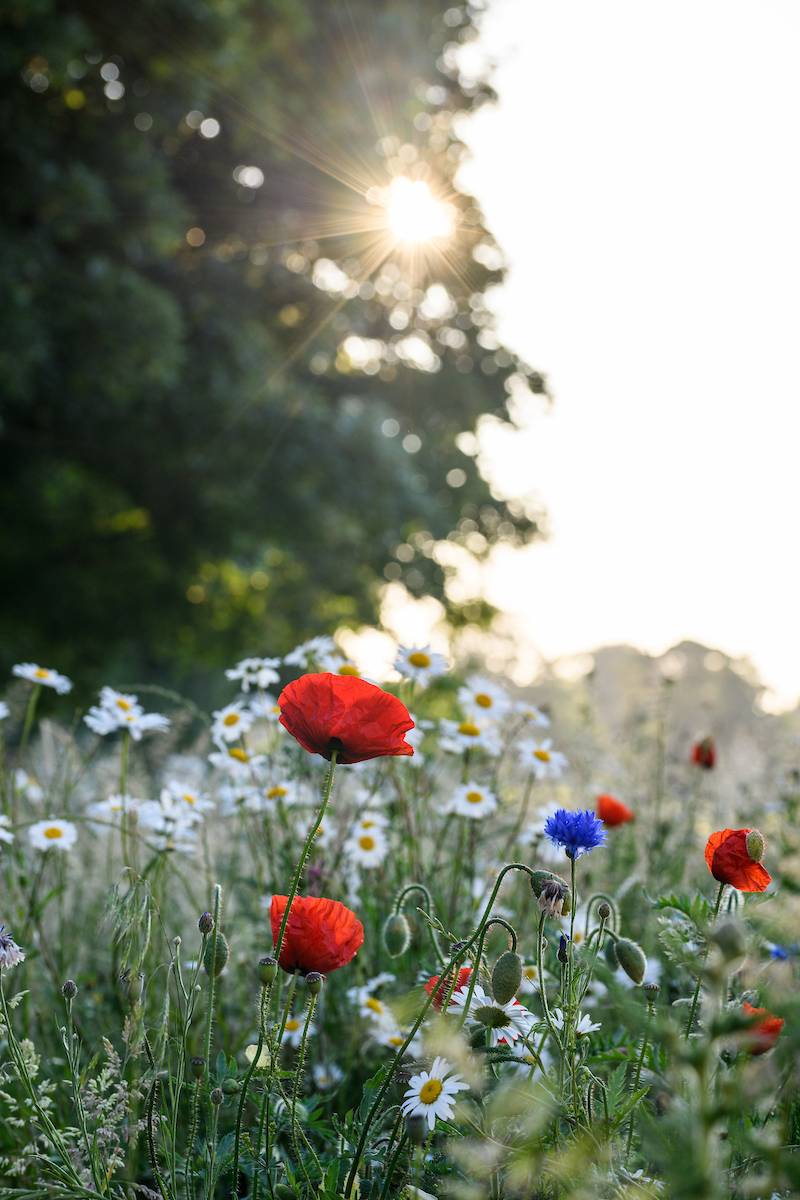The Kindest Garden – Practising Kindess
“The essence of loving kindness is being able to offer happiness . . .
You can’t offer happiness until you have it for yourself. So build a
home . . . by accepting yourself and learning to love and heal yourself.”
Thích Nhâ´t Hanh
What is the kindest thing you could do for yourself? So much of the current discussion about climate and biodiversity is about how we have undermined the system that serves us. We hear about how this will affect us materially and how uncomfortable and untenable life may become. People discuss ecosystem services, measure what animals, trees and plants can do to support us, and discuss whether it might be more efficient to replace them in part, perhaps with machines or chemicals. A purely scientific utilitarian approach, however, misses the point. This is not just a scientific problem. By trying to separate and control nature we are forgetting our connection, our kinship, with the land and the creatures that share it, and each other.
The word kind and kin both come from the old English cynd or gecynde, meaning natural, native, of the natural order of things, with a nuance of taking care of one’s own. Being kind is naturally helpful to our survival. Understanding things through a scientific lens is helpful too. Yet the less reductionist truths, which we all know at some level, are not only scientific. They are also based on a more profound, heuristic knowledge – a blend of mythos (narrative) and logos (reason). By embracing both the intuitive and the empirical, we can benefit from ancient wisdom as well as modern understanding.
Humans have grappled with the ‘why’ for millennia. All major philosophies explore routes to understanding our connection to something bigger than ourselves, whether they call it the Universe, Gaia or God. Early Chinese philosophers spoke of qi – which is not a god or a being but the energy or life force that pervades everything and links the plant, animal, human and divine world. Christianity teaches the sacred as being beyond human, and Confucian scholars like Tu Weiming see humans as co-creators of the universe: as anthropocosmic, neither privileged nor unique, but together with the wanwu (the myriad other beings in nature) forming one body. The Golden Rule – to do unto others as we would be done by – applies to all. Similarly, in the sixth century bce, philosopher Laozi defined the Dao. He described it as a process, the ‘Way’ or unknowable force that keeps the world in being and animates everything that exists. The creative energy of the Dao is cyclical, with all creatures returning to their roots in stillness (jing) rather than a final death, before springing to life again.
These philosophers suggested that we observe the Dao in nature, and immerse ourselves in the natural world to overcome our destructive egos. Both Dao and qi are similar to what Christian philosopher Thomas Aquinas called ‘Being itself’. An omnipresent power or Rta, ‘the way things truly are’, was also described by the ancient Vedas – sacred Hindu texts and powerful poetry. This is furthered in the concept of the ‘Buddha-Nature’, described by Zen master Do¯gen Kigen, as the same sacred potential that all things human and non-human already are, with nothing to do but realise it. Sufi teachings mirror the same reverence: humans are not placed above nature but are intrinsic to it – a teaching that is integral but sometimes overlooked in the modern Christian tradition.
All these approaches through thousands of years recognise that humans have an inherent kinship with all beings on Earth. Even in our most secular circles we see this, in our perennial fascination with wildlife programmes and our affection for baby animals; this is something street artist Banksy recently played on when he painted a giant kitten on a wall in a war-torn setting, suggesting that would draw more attention than the conflict alone. How then can we ‘live according to nature’ like the cosmopolitan Stoic philosopher Hierocles of the second century ce? We can begin with nurturing ourselves and extend outwards, embracing all life forms as we recognise that we are all kin; we are all connected.
Kindness to ourselves and to others is rooted in empathy, the ability to understand and share feelings. Caring for a garden begins with trying to understand its language. We usually start by getting to know the trees and plants. It’s a joy to begin to notice which plants like to grow where and with which other plants. It is also a revelation to learn which birds visit the garden, what songs they sing and what they eat. If you haven’t already,
watch where bees and butterflies land, where they feed, drink and sleep. (Check inside foxgloves for sleeping bumblebees.) Identify earthworms, beetles and woodlice; watch parasitic wasps catching spiders, spiders catching flies and water boatmen skidding across the top of water like ice skaters. Observe your weeds to reveal insights about your needs, telling you about soil compaction or mineral imbalances in your soil and your gut. Learn what is in your food; discover what your food ate. All of this will connect you more deeply to your ecosystem’s intricate web and its role within your body and your own health and happiness, and from there kindness can only spread.
So what is the kindest garden? An embrace of beauty, a sanctuary, a place for knowledge, abundance and community – and a mindset most of all. This gentle art and science of landscape gardening fosters kindness towards ourselves, our spiritual and physical environment, and all the beings we share this world with. With this intentional approach the simple act of tending to the land becomes a profound expression of kinship. What if your garden was the kindest thing you could do for yourself?
Photo © Jason Ingram.



